How to declutter your house without losing your mind
Decluttering a house filled with inherited treasures can be a monumental challenge. Debora Robertson explains how to sort out your stuff without losing your mind and alienating your entire family.
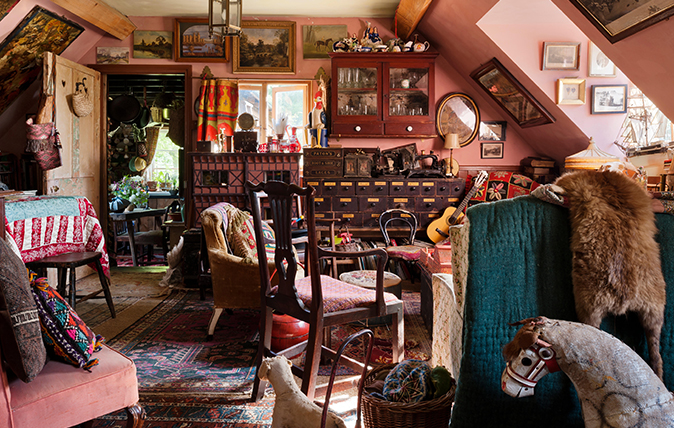

We’re all familiar with the mantra ‘a place for everything and everything in its place’, even if that place is concealed beneath a million other absolutely essential objects. In recent years, a whole industry has built up to encourage us to rid ourselves of possessions that clog up our lives or, at least, our hallways. Even The Archers’ Kate Aldridge has been divesting herself of any objects that don’t ‘spark joy’.
Objects must 'spark joy'
‘Spark joy’ is the phrase that launched 1,000 skips. It comes from The Life-Changing Magic of Tidying Up, written by Japanese decluttering guru Marie Kondo, which has sold more than five million copies. I assume, despite its success, that it hasn’t sparked joy in all of its readers, if the number of copies available in my local charity shop is anything to go by.
One of the reasons that attempts to declutter stutter, stall and then fail is that books and websites assume we can breezily ditch a lifetime of memories and possessions between walking the dog and breakfast. They don’t adequately acknowledge that, if you live in a house filled with cherished inherited and acquired objects, it’s incredibly daunting. It’s easy to ditch an Ikea chest of drawers, yet not so easy to get rid of the ormolu cabinet you inherited but hate.
‘I love decluttering. People get paralysed by the thought of it and don’t know where to start,’ acknowledges domestic expert Aggie MacKenzie. ‘There are three questions you need to ask yourself: Do I need it? Will I use it? Do I love it?’
Are you a collector or a discarder?
Simon Temple-Bennett, owner of Augill Castle in Cumbria, says: ‘I think your brain is hardwired to be a collector or a discarder. This September, our daughter went to college. I kept picking up things and saying “Shall we take this?”. She’d look at me as if I were mad. I said “But it’s granny’s bowl” or “granddad’s chest”. They all get given names.’
Here lies the first stumbling block. Grandpa’s desk is much harder to send off to the auction house than any old desk. Just as you should never name a pig you intend to eat, if we are to surround ourselves only with the things we love, we need to stop giving our possessions names. Try to think of it as the desk or, better yet, simply a desk.
‘It’s not really about the thing, is it?’ continues Mr Temple-Bennett. ‘We’ve got this hideous cut-glass bowl. It belonged to my grandmother and it’s the shape of a grape, quite the most unpleasant thing, but I’ll never get rid of it. To throw it away would be like throwing away the memory of her. That doesn’t seem right, does it?’
Sign up for the Country Life Newsletter
Exquisite houses, the beauty of Nature, and how to get the most from your life, straight to your inbox.
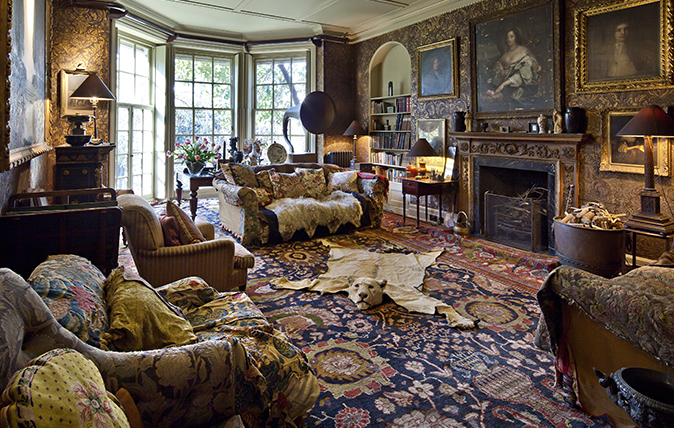
Own your own space
According to Miss MacKenzie, throwing away things that are tied in with your memories of people absolutely fine. ‘I think it’s really important to own your own space and not have other people’s stuff invading it,’ she counsels.
‘My mother gave me a beautiful chest of drawers, but I just knew that I had to get rid of it. I wanted the space more. I told myself it’s just a thing, not a person and it’s not hurt that I’m chucking it away. Things have memories vested in them, but if they’re not actually giving you pleasure, then let them go.’
Her advice for tackling those important family pieces that inspire more guilt than love? ‘I think your first step should be to offer it to other members of the family. You look generous and it mitigates guilt. And it’s telling if nobody else wants it, isn’t it?’
The thorny issue of antiques
There is an argument that, with ‘proper’ furniture, we should be even stricter with ourselves, as it usually requires cosseting – the occasional run over with a damp cloth won’t do. ‘I married into a family of generations of antiques dealers. It’s a little like marrying into a family of very fussy hoarders, with the attendant complications of care, restoration and general overseeing of objects, furniture and art,’ admits author Lucy Inglis.
Lucy remains firm, however. She’s created a method that works for her, ditching what she can in order better to enjoy what remains. ‘Decluttering and attempting to run a paper-less house have helped hugely with freeing up living space and also creating a peaceful place to be, for everyone,’ the historian says. ‘On getting up in the morning, the knowledge that everything is in its place is immensely soothing.’
And, ultimately, a soothing, peaceful, happy-to-get-up-in house is what it’s all about. Keep your eye on that prize and get cracking. You have nothing to lose but (someone else’s) junk.
Top tips for tidying
- Start small, with a drawer, a cupboard or a heap of photographs. Each small success is incredibly motivating.
- Banish thoughts of perfectionism. It’s crippling and holds you back. Do what you can. Keep going.
- Declutter first, shop second. Tempting as it is to dash out and buy boxes, cartons and crates, it’s displacement activity for the gritty business of throwing things out.
- Don’t wait until you can get everyone in your house on board. If necessary, allow the permanently messy a limited area in which to express themselves. Fly-tying kit in the study – yes. All over the kitchen table – no.
- You can get rid of wedding presents and still remain married in the eyes of the law.
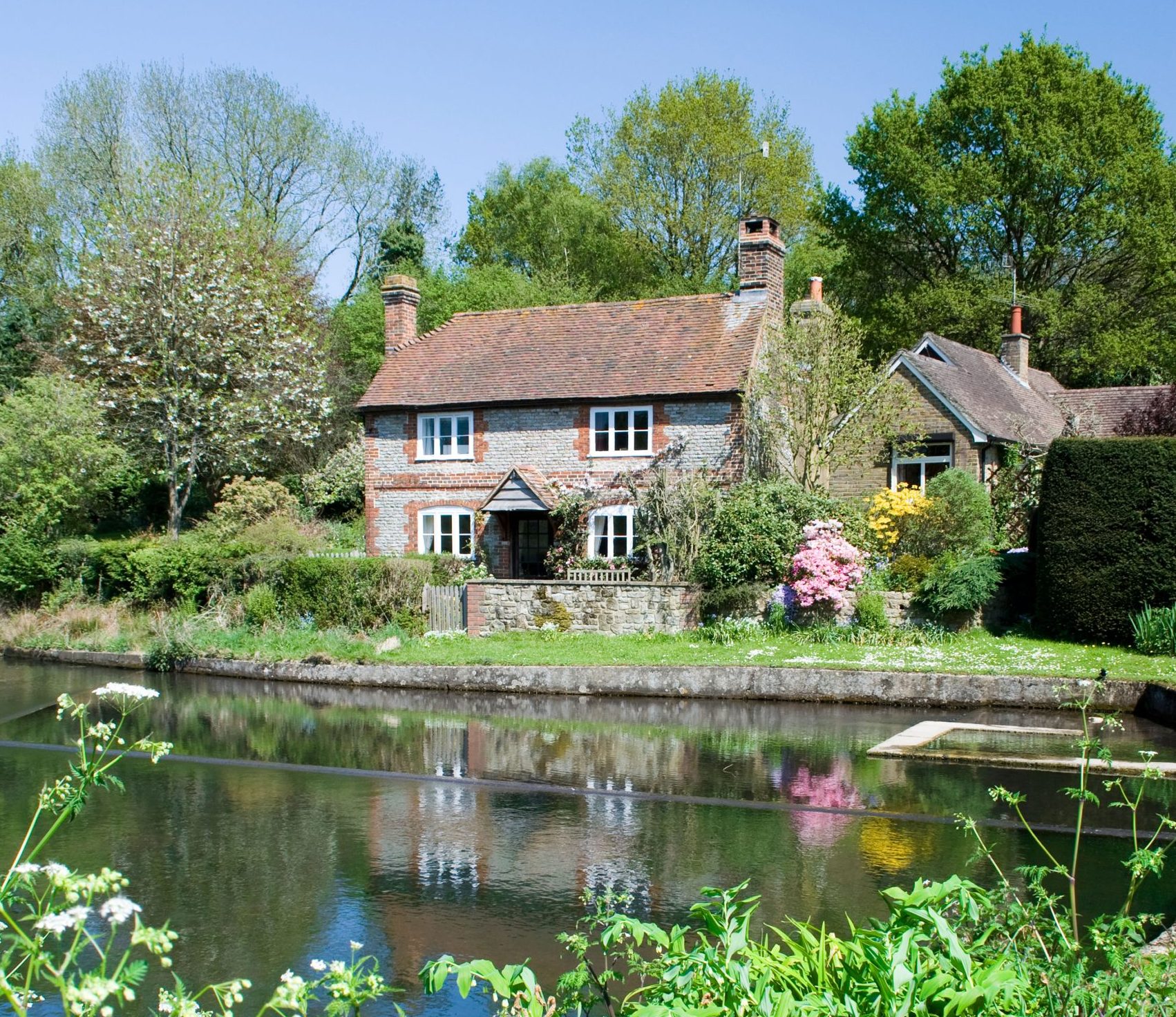
Credit: Alamy
Seven golden rules for selling a country house
With coronavirus now seemingly past its peak in Britain, we're tentatively beginning to look ahead to how life will get
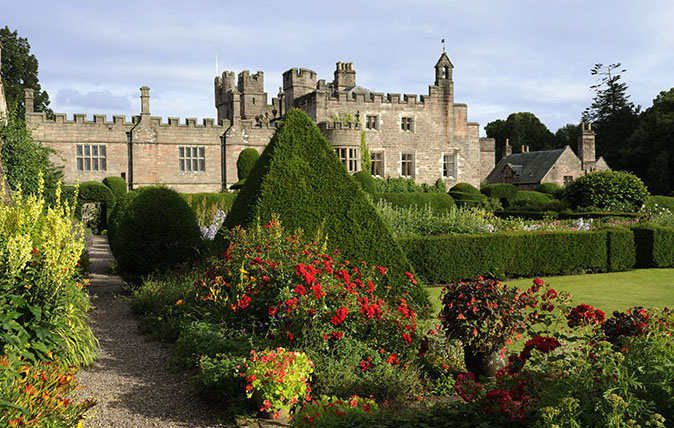
Credit: Hutton-in-the-Forest - Country Life / Val Corbett
Hutton-in-the-Forest's glorious gardens: From muddle to lightness and calm
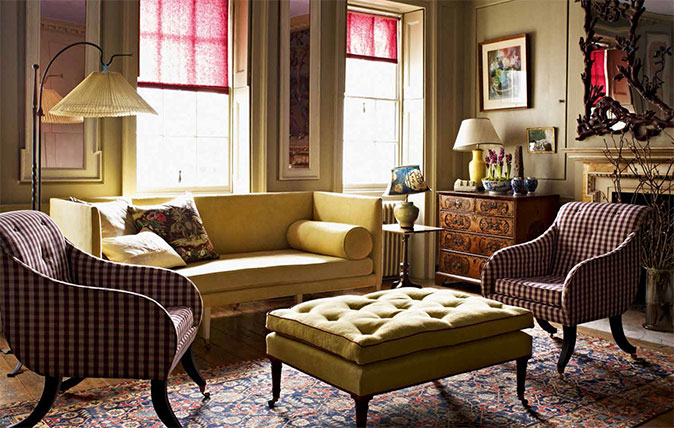
Blending antiques, colours and design to create a beautiful room
Giles Kime takes a look at the work of Max Rollitt, focusing on this beautiful room in an 18th century
Country Life is unlike any other magazine: the only glossy weekly on the newsstand and the only magazine that has been guest-edited by HRH The King not once, but twice. It is a celebration of modern rural life and all its diverse joys and pleasures — that was first published in Queen Victoria's Diamond Jubilee year. Our eclectic mixture of witty and informative content — from the most up-to-date property news and commentary and a coveted glimpse inside some of the UK's best houses and gardens, to gardening, the arts and interior design, written by experts in their field — still cannot be found in print or online, anywhere else.
-
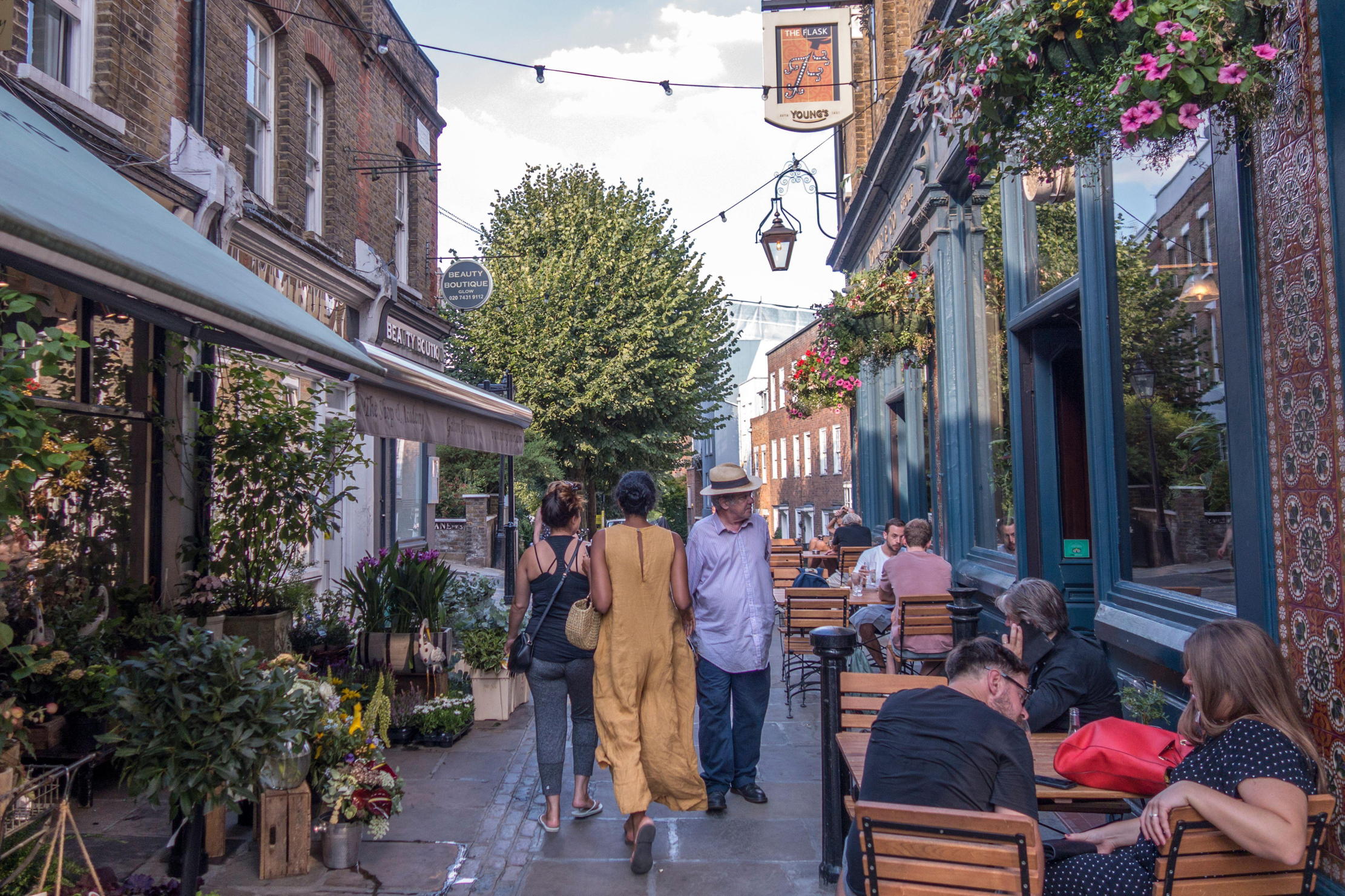 A day walking up and down the UK's most expensive street
A day walking up and down the UK's most expensive streetWinnington Road in Hampstead has an average house price of £11.9 million. But what's it really like?
By Lotte Brundle
-
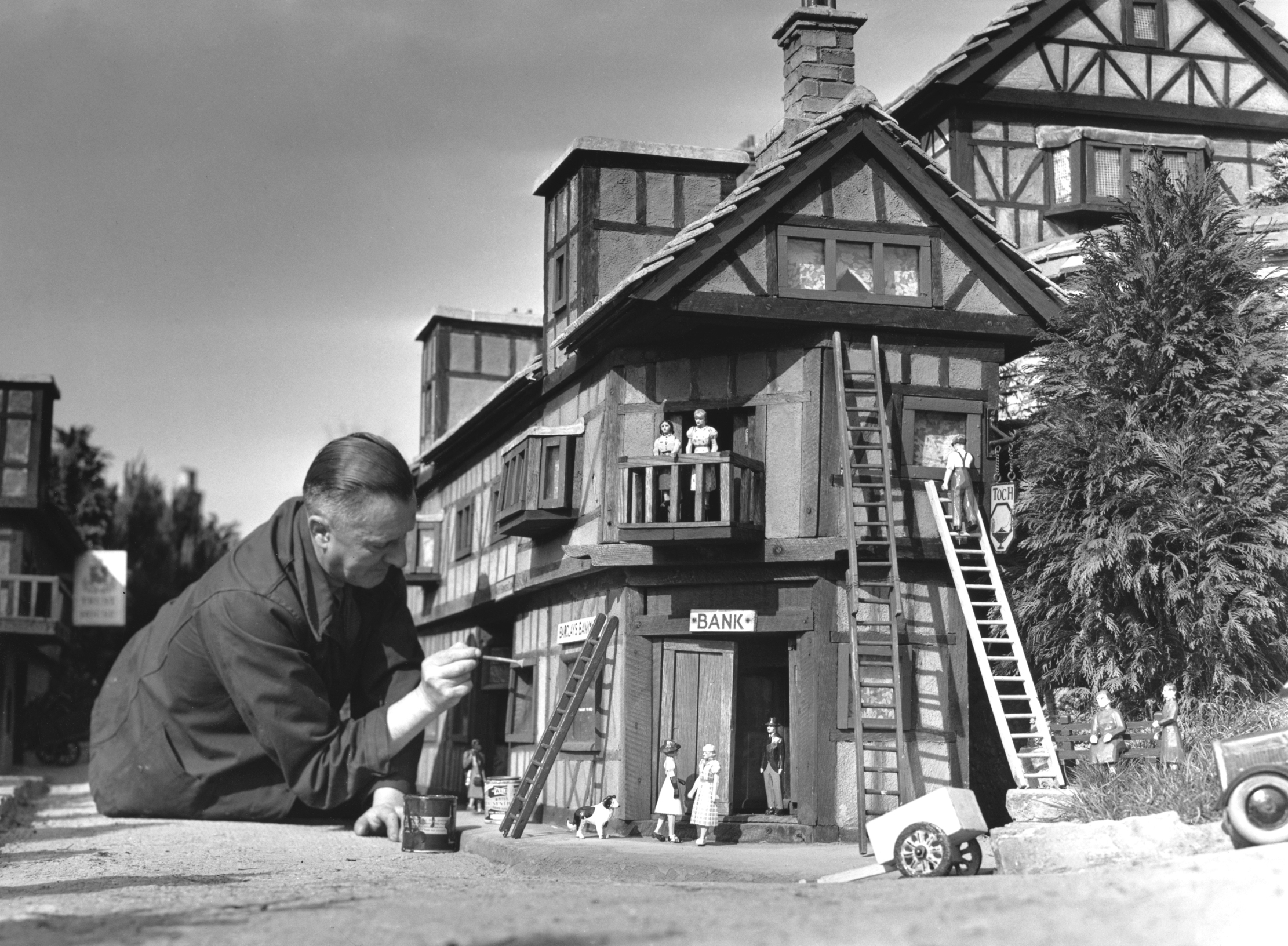 Life in miniature: the enduring charm of the model village
Life in miniature: the enduring charm of the model villageWhat is it about these small slices of arcadia that keep us so fascinated?
By Kirsten Tambling
-
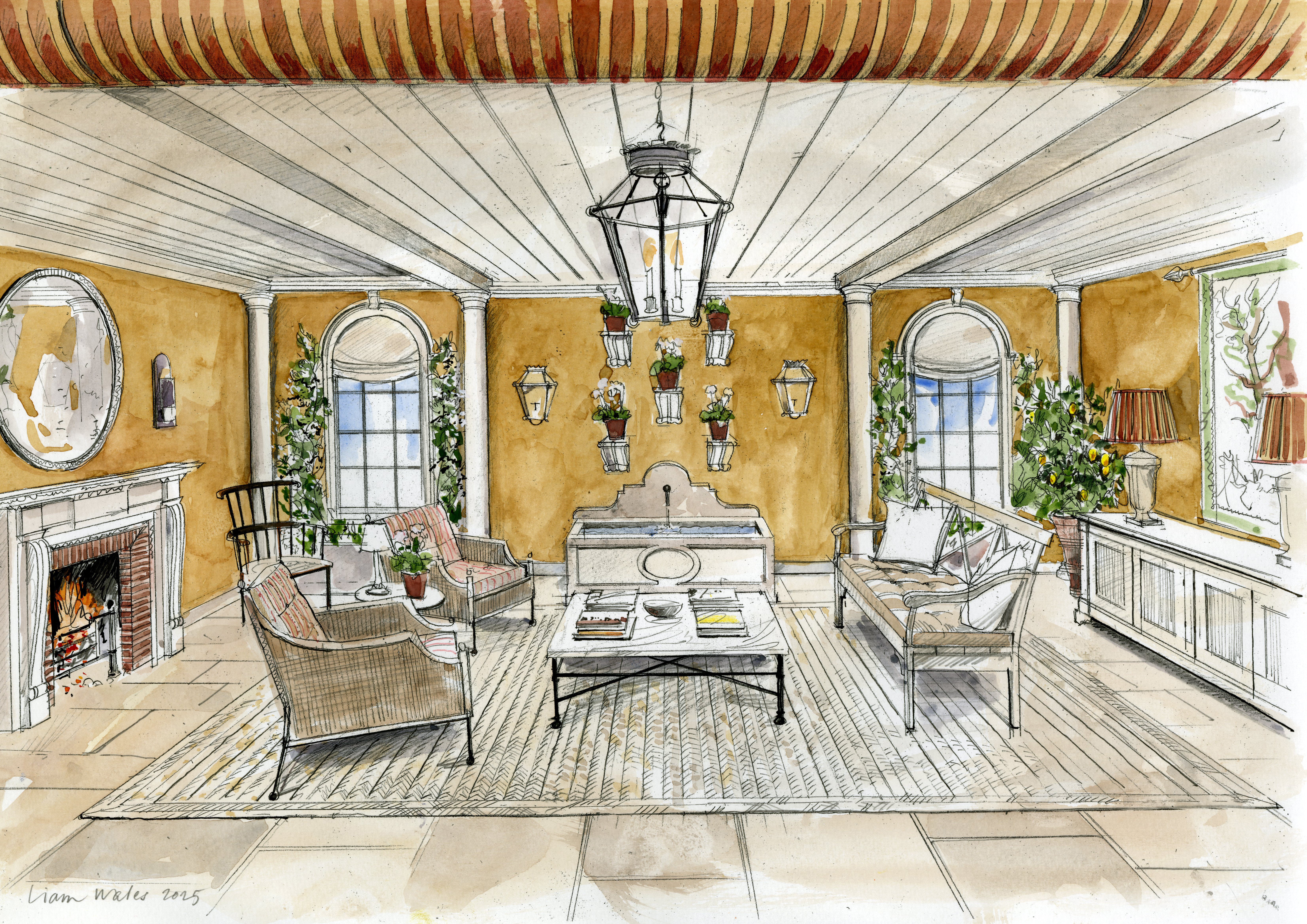 The big reveal: A first look at Country Life's RHS Chelsea Flower Show stand
The big reveal: A first look at Country Life's RHS Chelsea Flower Show standInterior designer Isabella Worsley reveals her plans for Country Life’s ‘outdoor drawing room’ at this year’s RHS Chelsea Flower Show.
By Country Life
-
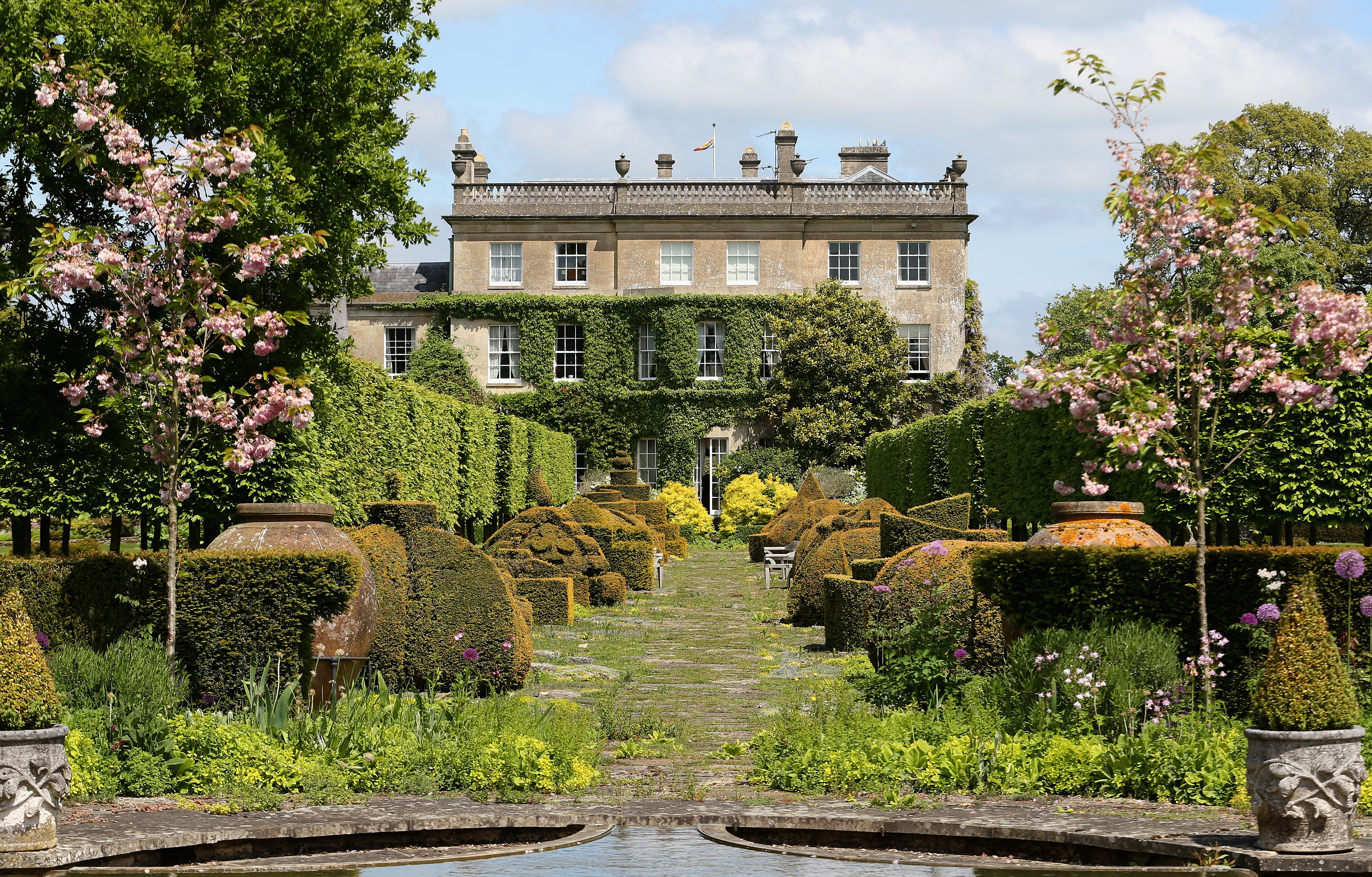 Sanderson's new collection is inspired by The King's pride and joy — his Gloucestershire garden
Sanderson's new collection is inspired by The King's pride and joy — his Gloucestershire gardenDesigners from Sanderson have immersed themselves in The King's garden at Highgrove to create a new collection of fabric and wallpaper which celebrates his long-standing dedication to Nature and biodiversity.
By Arabella Youens
-
 Designer's Room: A solid oak French kitchen that's been cleverly engineered to last
Designer's Room: A solid oak French kitchen that's been cleverly engineered to lastKitchen and joinery specialist Artichoke had several clever tricks to deal with the fact that natural wood expands and contracts.
By Amelia Thorpe
-
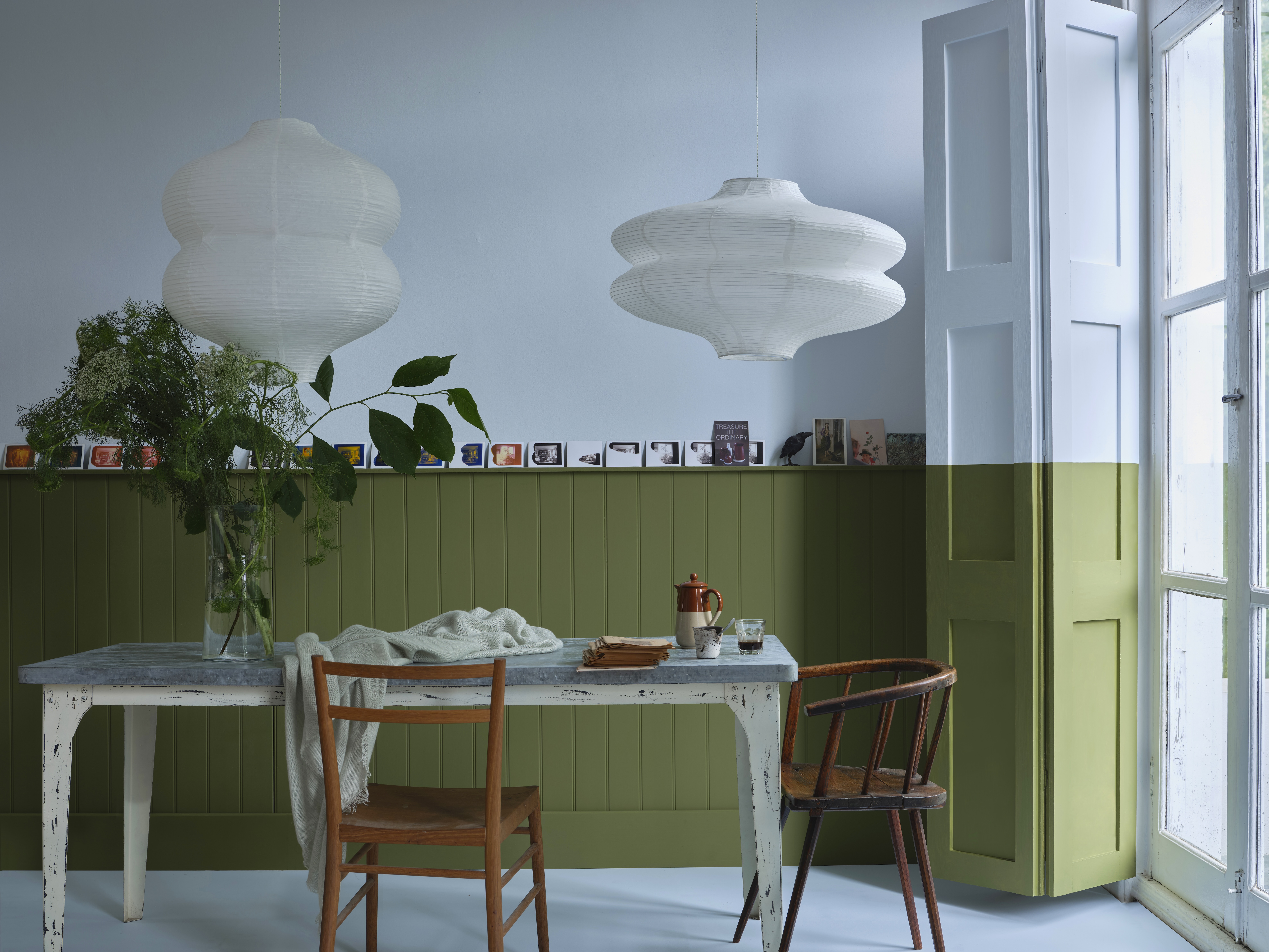 John Sutcliffe — The man, the myth and the paint-naming legend behind Dead Salmon and Elephant's Breath
John Sutcliffe — The man, the myth and the paint-naming legend behind Dead Salmon and Elephant's BreathBy Carla Passino
-
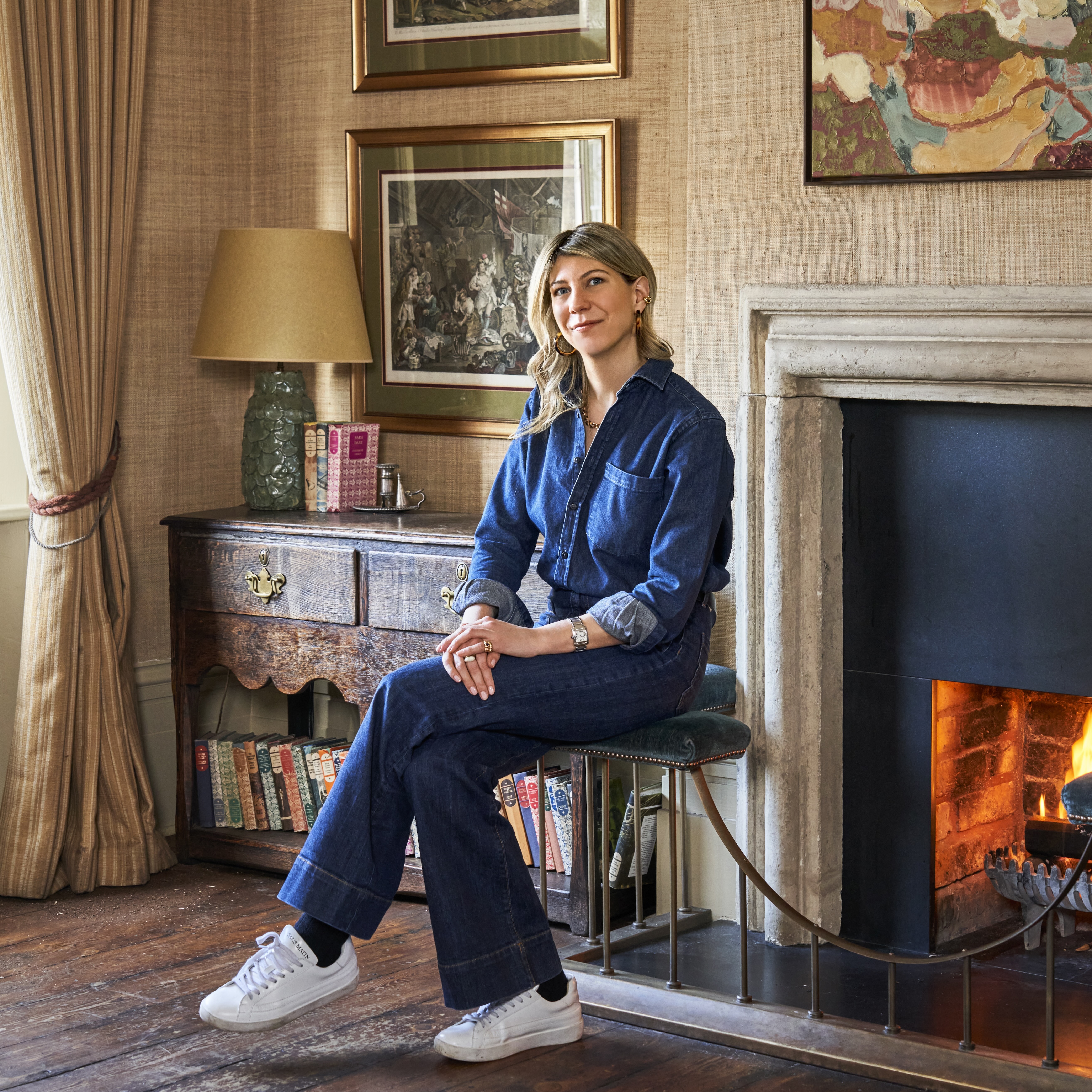 The power of the youthful gaze: A new generation tackles modern day design conundrums
The power of the youthful gaze: A new generation tackles modern day design conundrumsHow is a new generation of interior designers responding to changing lifestyles, proliferating choice, the challenges of sustainability and the tireless demands of social media?
By Arabella Youens
-
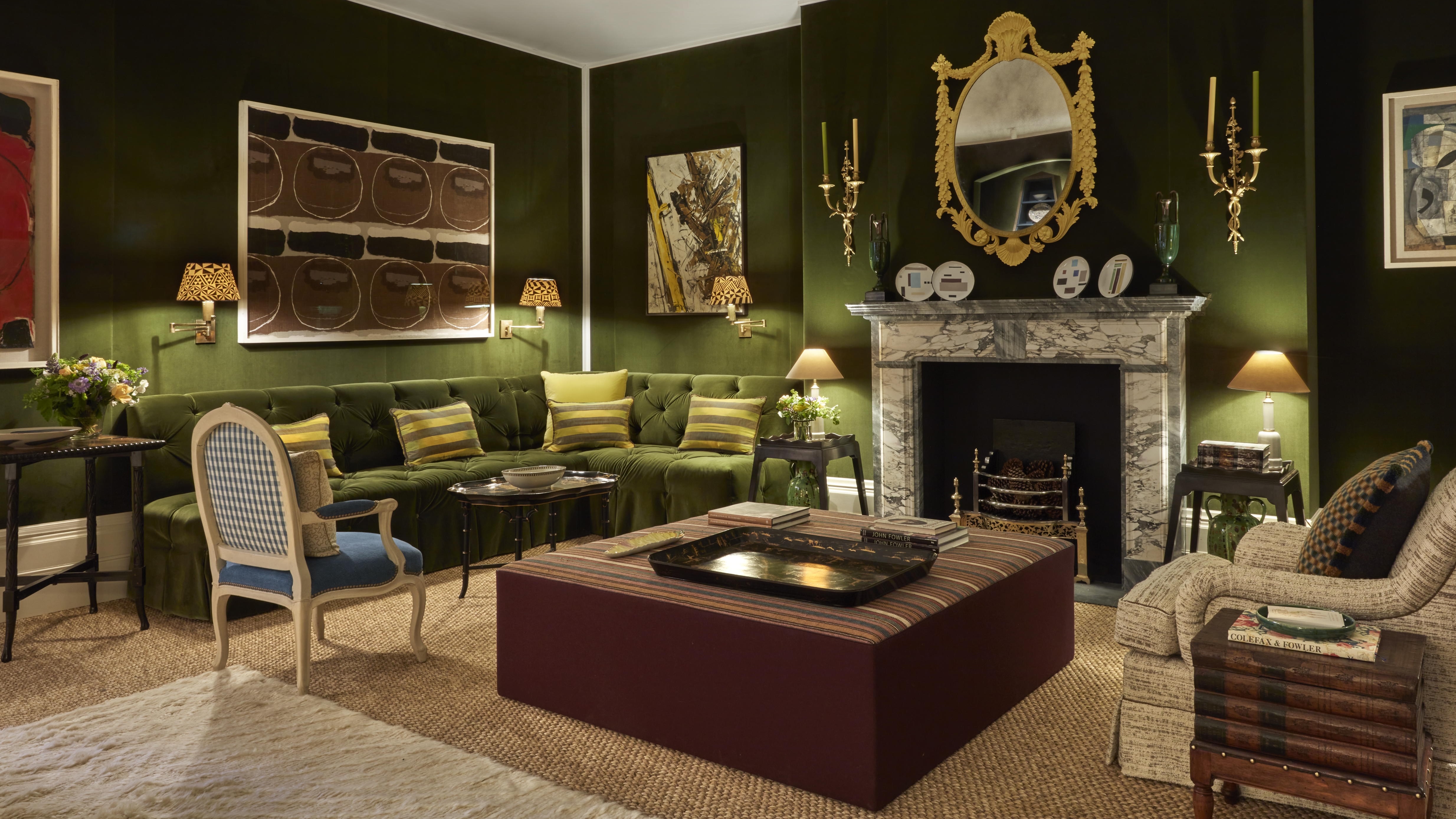 'Rooms can be theatrical and comfortable at the same time': Top tips for decorating with conversation in mind
'Rooms can be theatrical and comfortable at the same time': Top tips for decorating with conversation in mindCarefully placed furniture encourages conversations, says Emma Burns, of Sibyl Colefax & Fowler
By Country Life
-
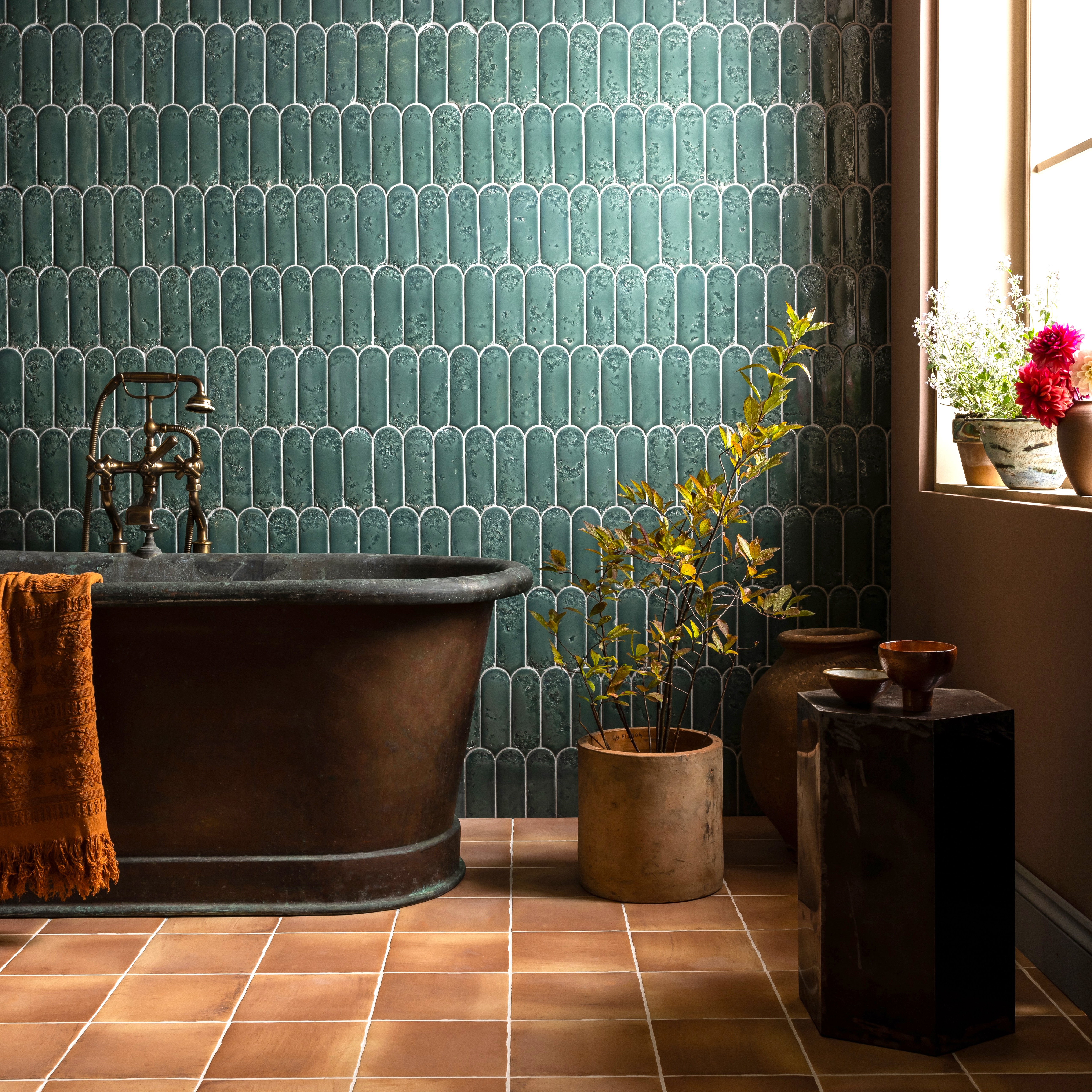 A tub carved from a single block of San Marino marble — and nine more beautiful things for the ultimate bathroom
A tub carved from a single block of San Marino marble — and nine more beautiful things for the ultimate bathroomThere's a bathroom out there for everyone — whatever your preferred style.
By Amelia Thorpe
-
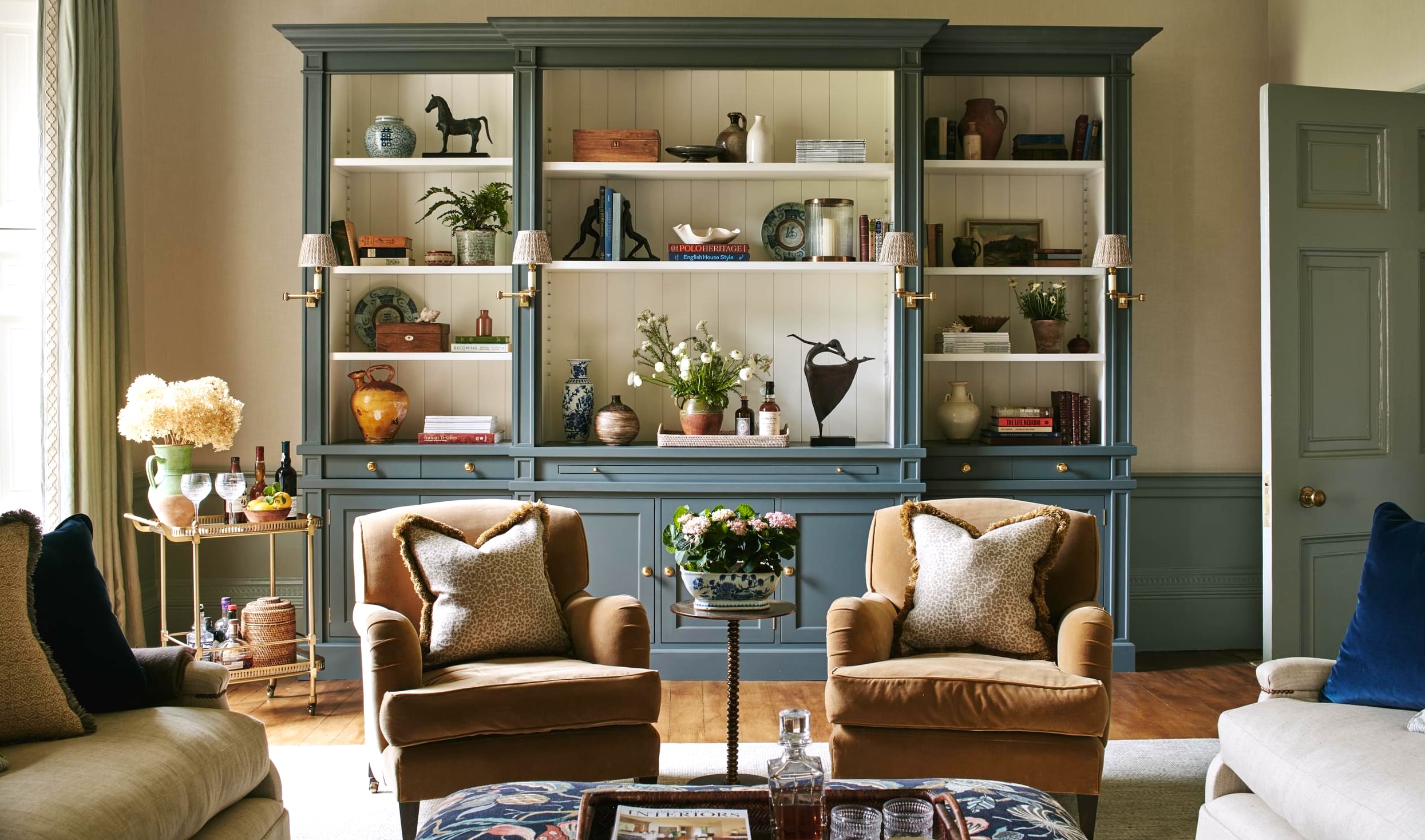 In search of the perfect comfy armchair
In search of the perfect comfy armchairWhat makes the ideal cosy, comfortable armchair? Arabella Youens asks some of Britain's top furniture experts to find out.
By Arabella Youens